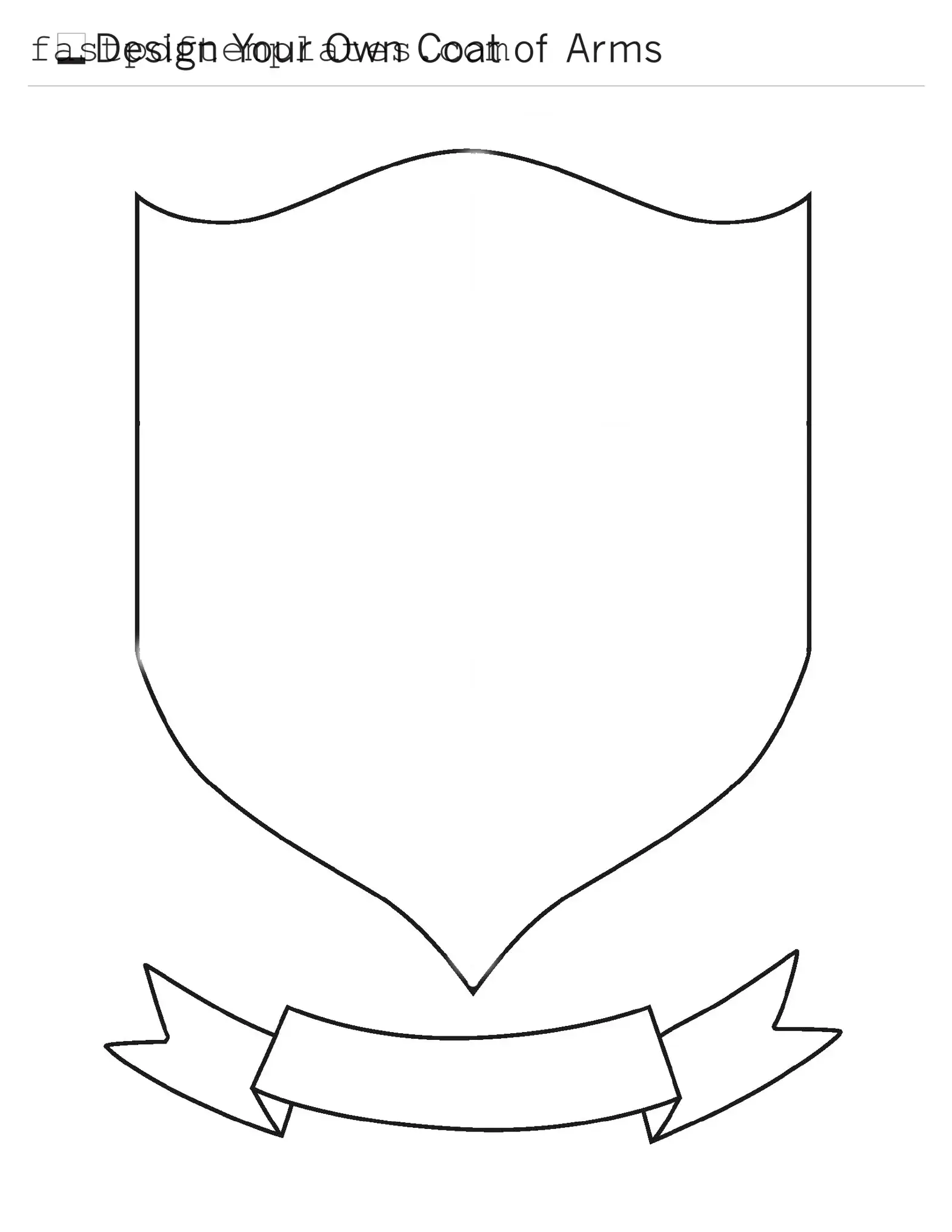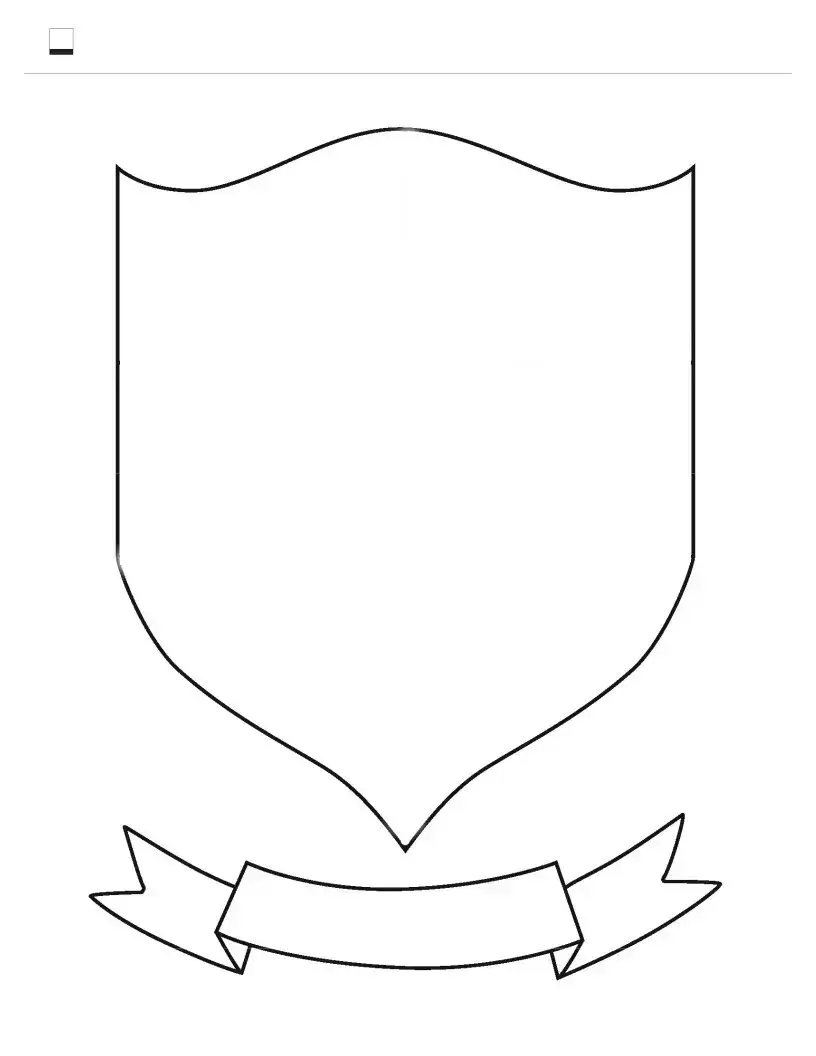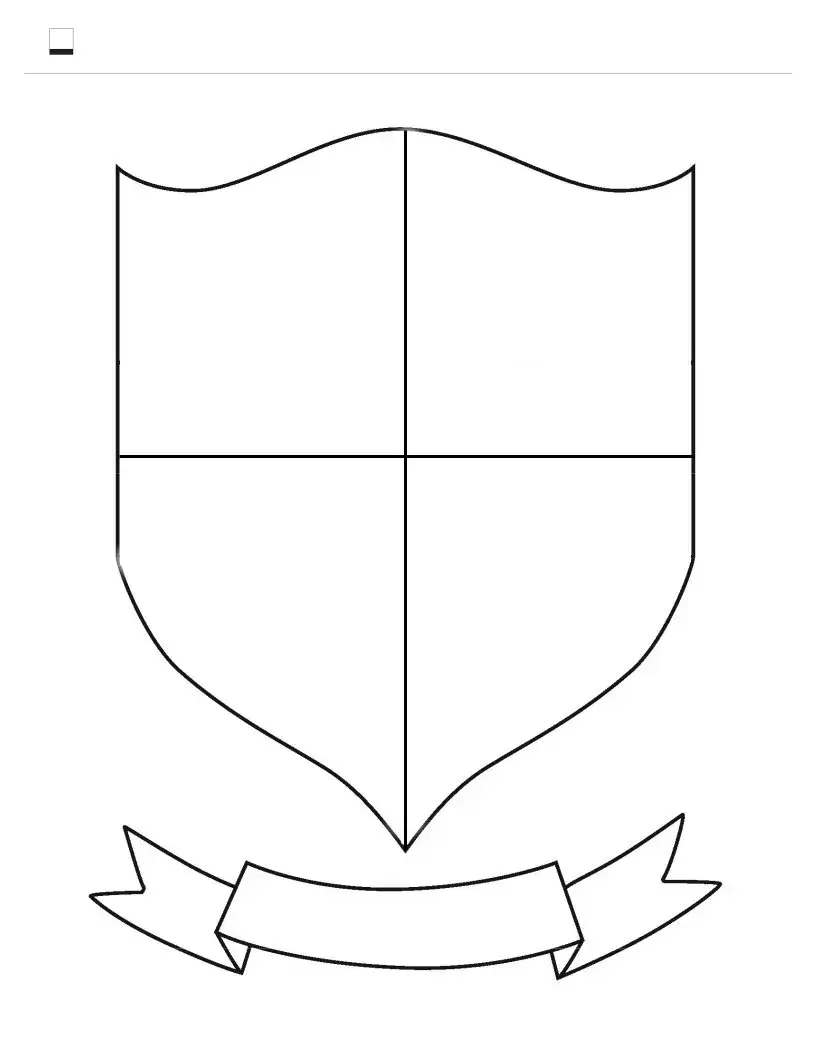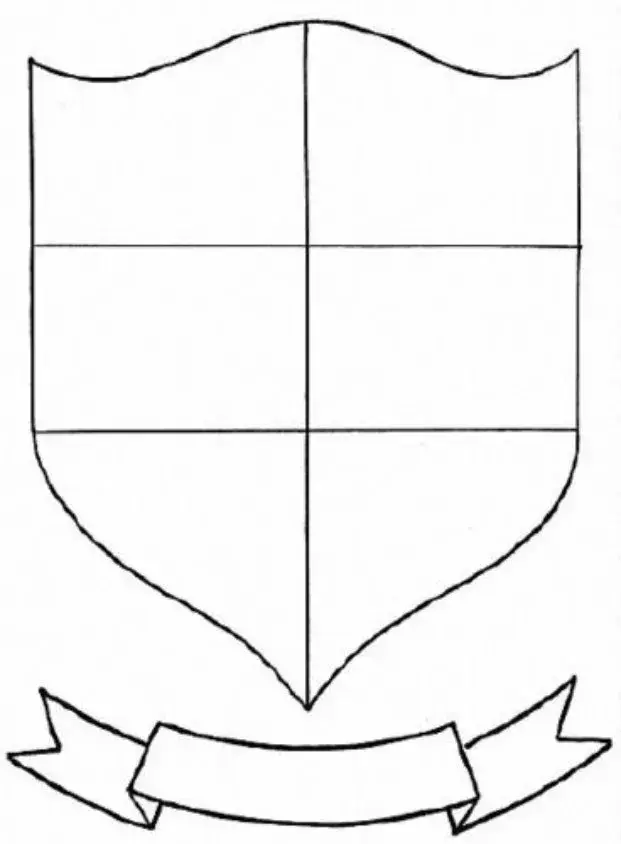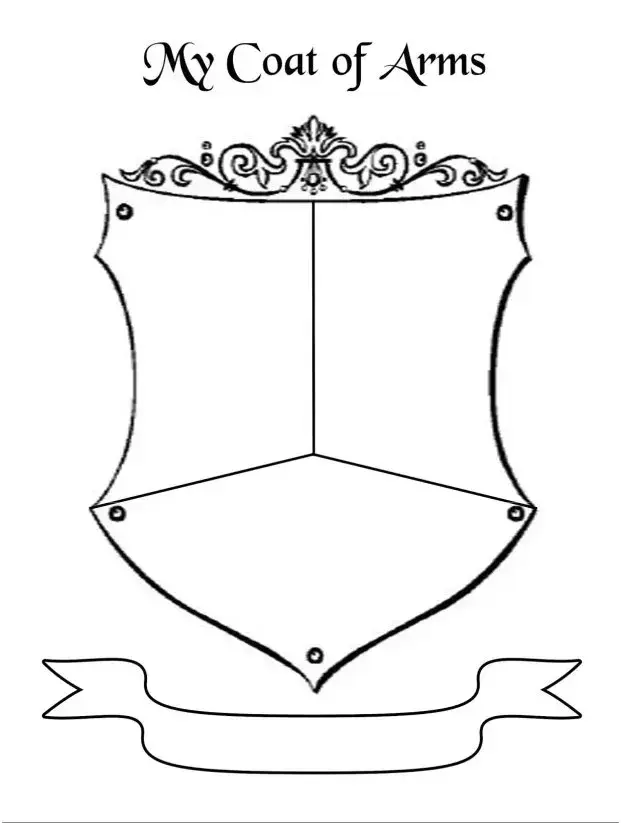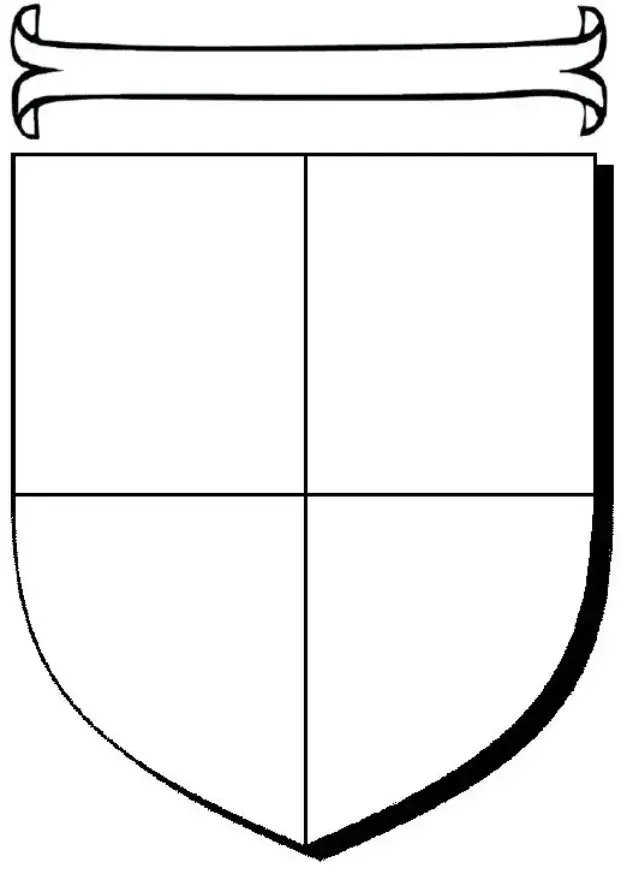The Coat of Arms form is similar to the Family Crest document. Both documents serve to represent a family's lineage and heritage. A Family Crest typically includes symbols and colors that reflect the values and history of the family. Like the Coat of Arms, it can be used in various contexts, such as on stationery, clothing, or during ceremonial occasions. Both documents emphasize the importance of family identity and pride in ancestry.
Another similar document is the Heraldic Shield. The Heraldic Shield, like the Coat of Arms, is a visual representation of a family's history and achievements. It often includes specific symbols that convey particular meanings, such as bravery or loyalty. Both the Heraldic Shield and the Coat of Arms are used in heraldry, which is the study of coats of arms and heraldic symbols, highlighting their significance in representing familial ties and social status.
The Certificate of Authenticity can also be compared to the Coat of Arms form. While the Coat of Arms represents family heritage, the Certificate of Authenticity verifies the legitimacy of a document or item. Both documents are important in establishing credibility and connection to a particular lineage or artifact. They serve as proof of identity and history, ensuring that the information presented is accurate and recognized.
The Genealogy Chart shares similarities with the Coat of Arms form in that both documents illustrate family connections. The Genealogy Chart maps out relationships between family members across generations, while the Coat of Arms symbolizes the family's identity. Both documents are essential for understanding one's roots and can be used for research or to celebrate family heritage.
The Birth Certificate is another document that bears resemblance to the Coat of Arms form. A Birth Certificate serves as an official record of an individual's birth and identity, while the Coat of Arms represents the family's identity and heritage. Both documents are crucial for establishing personal identity and can be required for various legal and ceremonial purposes.
The Marriage Certificate also shares a connection with the Coat of Arms form. A Marriage Certificate documents the union between two individuals, often signifying the merging of two family lines. Similarly, the Coat of Arms represents the heritage of a family, which can be influenced by marriage. Both documents play a role in defining family connections and lineage.
The Diplomatic Passport is comparable to the Coat of Arms form in that both represent a specific identity and status. A Diplomatic Passport identifies an individual as a representative of their country, while the Coat of Arms signifies the identity and history of a family. Both documents convey prestige and recognition, serving important roles in formal and ceremonial contexts.
Lastly, the National Flag can be likened to the Coat of Arms form. A National Flag symbolizes a country’s identity and values, while the Coat of Arms represents a family's heritage and achievements. Both documents evoke a sense of pride and belonging, serving as visual representations of identity that can unite individuals under a common banner or lineage.
